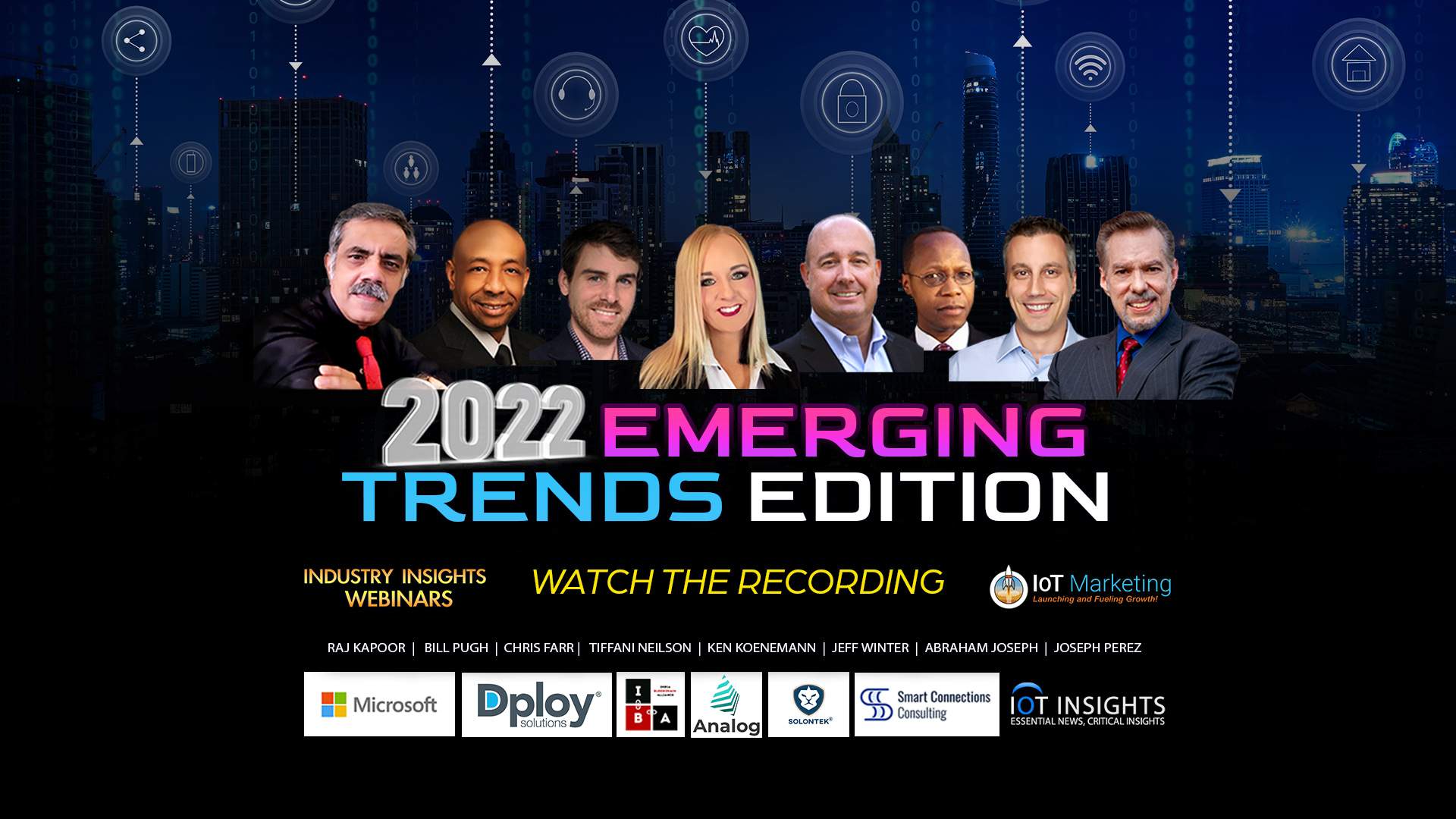The supply chain crisis during the pandemic may take a while to resolve. Now suppliers and logistics firms are focusing increasingly on sustainability plans to make it through the crisis. Sustainability is important to protecting the environment, but it also involves finance and supply chain management, such as investing in resources and cutting waste. Here are ways the pandemic has forced supply chains to become enablers of sustainability and resilience.
Worst Supply Chain Crisis in Decades
Prior to the pandemic, product managers used 6-month lead times while projecting consumer demand. But as supply chains became cluttered, lead times grew to 12 months. The combination of port and shipping delays, along with labor and supply shortages, has pushed consumer prices significantly higher than pre-pandemic levels. Not only are consumers having trouble finding what they want in stores, but they are also being stung by inflation.
Shipping container costs have surged in recent years partly due to port bottlenecks associated with large shippers taking up enormous space. It’s causing delays, so companies transporting shipping containers must pay significantly higher storage fees than prior to the pandemic. Consequently, the ripple effect has sent shockwaves throughout the market, which are noticeably felt by consumers.
New Supply Chain Priorities
Supply chain priorities are shifting toward protecting the environment, preserving resources, and striving for more efficient production, ordering and delivery methods. A recent survey of 1,000 supply chain executives by Oxford Economics/SAP found that 66 percent have implemented sustainable practices on a wide scale.
Three major shifts in supply chain focus during the pandemic involve sustainability, relationships, and shortages.
- Sustainability – The concept of investing in sustainable solutions was initially met with resistance in the early part of the pandemic. But now an increasing number of supply chain managers are identifying sustainability as a vital part of supply chain management.
- Relationships – Supply chains are being held together more by relationships than transactions. Small to mid-size firms have an edge over larger manufacturers at making supply chain adjustments. Large producers potentially have more suppliers to manage and suffer deeper setbacks from shortages.
- Shortages – Supply chain models are shifting from “just-in-time delivery” to “just-in-case inventory.” Suppliers and retailers must plan ahead more to manage supplies while forecasting demand. That’s why a growing emphasis is placed on technology that generates accurate demand predictions.

Watch the recording of our webinar "2022 Emerging Trends Edition", where an international panel of speakers covers some of the most important developments, innovations and trends in technology in 2022.
Enabling with Smart Technology
Supply chains are steadily embracing smart technology to become more efficient networks that can easily interact with members and external organizations. Here are five major forms of emerging technology that are enabling supply chains and logistics firms to develop smart ecosystems for streamlining their operations.
1. IoT Sensors Communicating Through Networks
The IoT revolution consists of RFID chips connected with Local Area Networks (LANs), Wide Area Networks (WANs) and the more sophisticated Software-Defined Wide Area Networks (SD-WANs). The sensors collect data and send it to analysts in real time to provide operational insights.
2. Blockchain for Digital Convenience
This underlying technology called blockchain offers traceable and transparent qualities to an individual or organization. Not only can blockchain facilitate decentralized digital transactions with cryptocurrencies, but it can also store digital items securely.
3. Cloud and Edge Computing
The cloud has become the center of business activity because of its efficiency in facilitating remote work and online collaboration with global teams. Businesses are also utilizing edge computing as a way to shorten the data transmission path to their main data center. When a business develops its own satellite cloud data center, it takes the strain off the main data center and allows for faster data processing.
4. Turning to a Predictive Analytics Engine
The use of a predictive analytics engine helps managers forecast unexpected supply chain disruptions. Businesses no longer need to rely on their own data processing centers, as they can outsource to cloud services that provide real-time virtual experiences and analytics. A predictive analytics engine can provide valuable time-saving insights on inventory practices, cost/waste reduction and managing customer satisfaction.
5. AI, ML and Automation Software
Other profound enablers for suppliers are artificial intelligence (AI), machine learning (ML) and automation software. Each of these innovative technologies has the potential to offset labor shortages in some way. AI and ML open the door to accelerating solutions by scanning large amounts of data then recommending answers to problems in a matter of seconds. Automation software helps reduce manual labor, such as redundant tasks that a computer can do faster and more accurately than a human.
Toward More Intelligent Warehousing
When you combine the five areas of modern warehousing and logistics technology together, you get synergism that optimizes supply chains. They each contribute to simplifying an extremely complex process. As smart technology becomes more integrated with supply chain management, it will reduce inventory errors and speed up deliveries. So look for smart technology to become the norm for warehouses and transportation firms.
